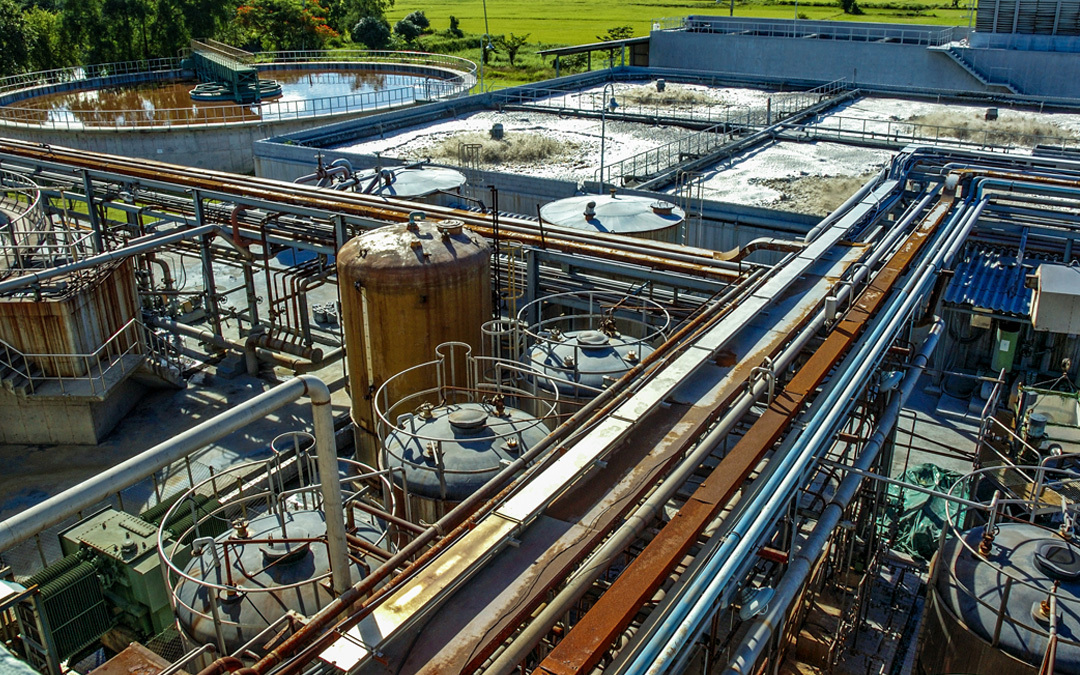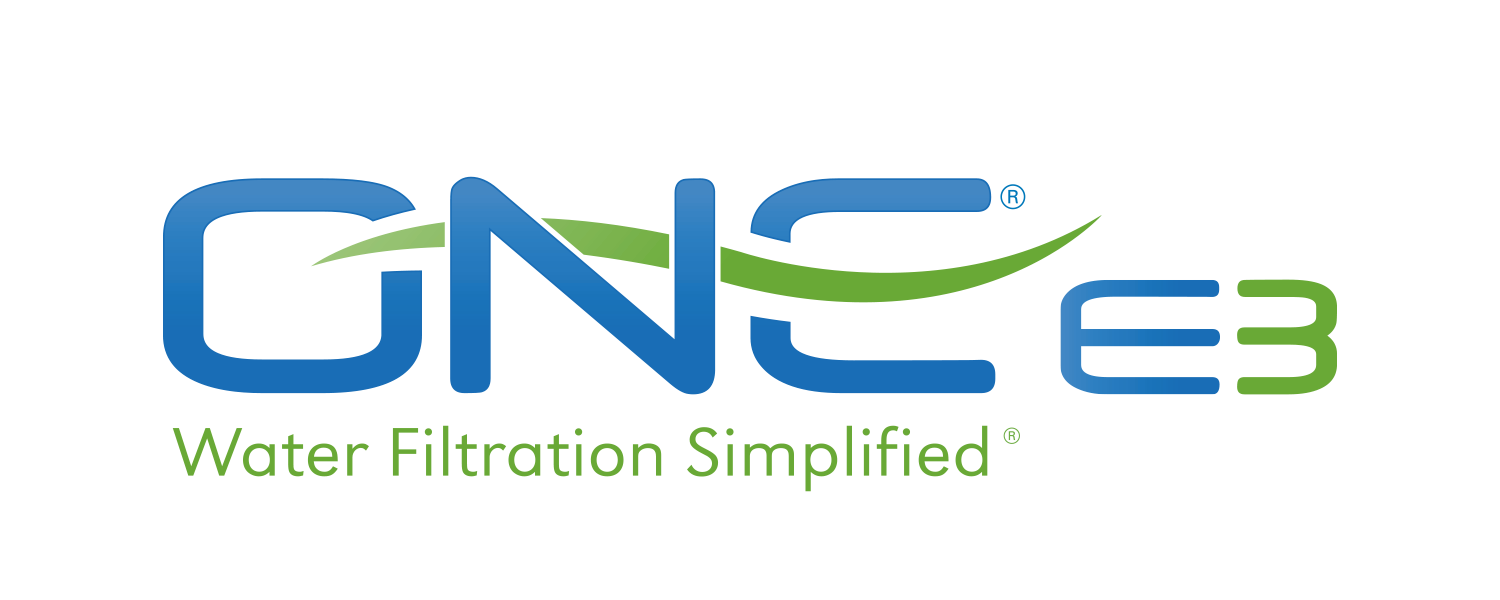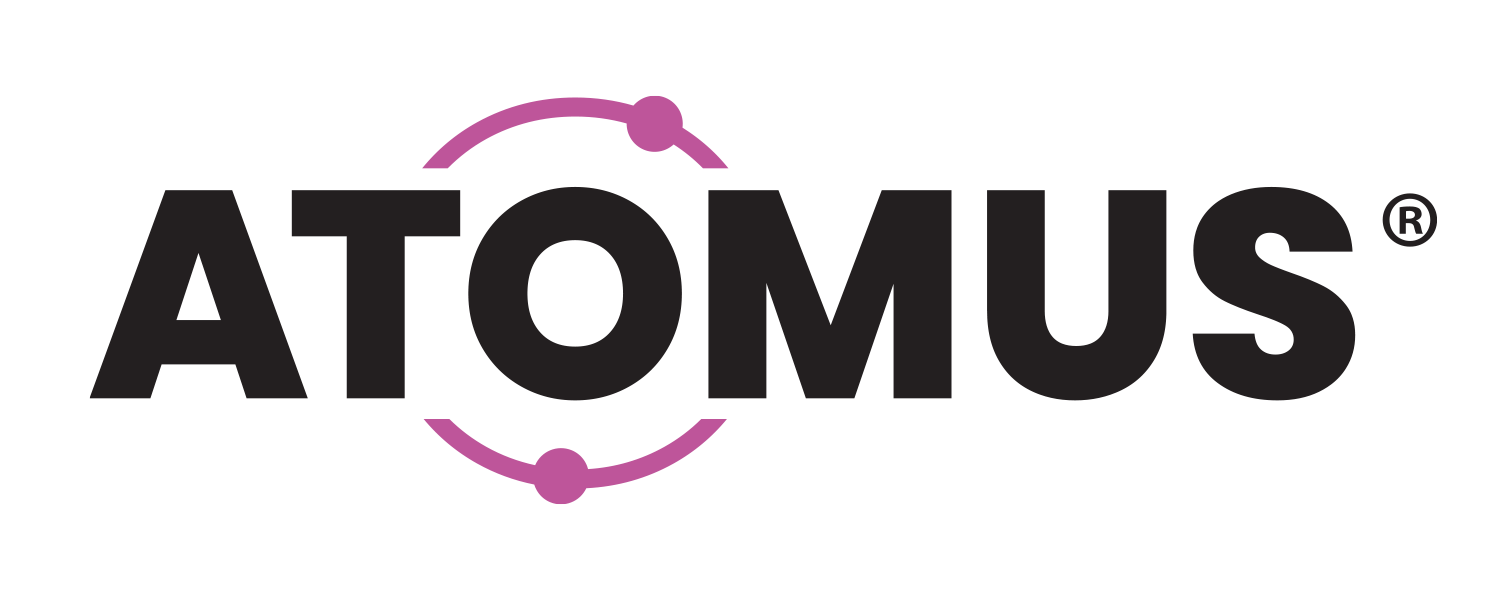Within the US, PFAS contaminate a large portion of drinking water supplies. This continues to be a growing issue as more research and testing is being conducted in an effort to learn more about the harmful effects the PFAS have on the human body and the environment. Because of these mounting issues, some states are trying to handle the situation by implementing water treatment procedures. In an article published by Water Online, experts predict that the US will spend a collective $12 billion in the next decade to combat the PFAS crisis.
Over 1,000 industrial and commercial sites across 49 states have been discovered to have some level of PFAS contamination present. These include military sites, airports, drinking water facilities, etc. Currently, states are looking at different ways to identify, monitor, and control measures of the PFAS situation. States like Michigan and New Jersey, who are affected the most by the PFAS contamination are trying to implement their own limit on PFAS concentration in drinking water supplies.
When asked about the PFAS concern Greg Goodwin, an analyst for Bluefield Research, stated “These chemicals have been around for over 70 years, but only in the past few has public awareness reached levels of critical concern for the water sector.” he then went on to say “Certainly, drinking water is the primary concern, which is also an easier fix with proven technology. All it will take are regulations and capital.”
The PIONEER system is the first of its kind whole-house lead, cyst and PFOA/PFOS removal system. Visit the PIONEER system page to learn more.



